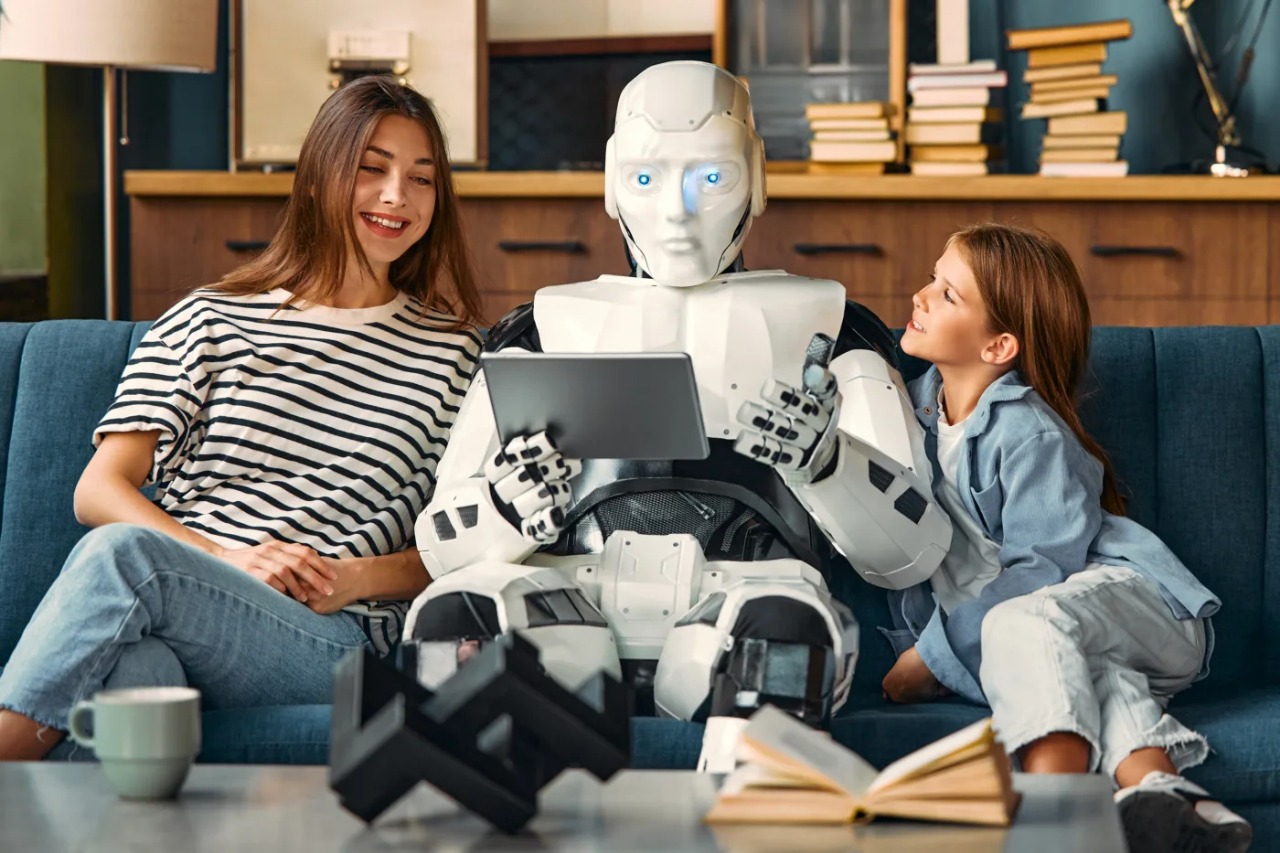The world is on the cusp of a robotics revolution, with Bank of America estimating that in 2060, the world may have as many as three billion humanoid robots—about one robot for every three individuals. Mass usage is anticipated to begin as early as 2028, with commercial robots, industrial robots, and home robots becoming commonplace.
Humanoid robots are increasingly becoming cheaper, with prices expected to drop from $35,000 today to a mere $17,000 by 2030. The decline in price, combined with AI advancements, is driving growth in investment and development, primarily in China, the US, and South Korea.
The first wave will involve robots entering industrial and logistics sectors, followed by business services and, ultimately, into private residences. By 2060, two out of every three humanoid robots might be working as household assistants, taking care of chores, elderly care, and even healthcare support.
As robots threaten to enhance productivity, enhance job safety, and liberate humans from routine work, they simultaneously threaten job loss, altering skills needs, and ethical issues in terms of bias, responsibility, and privacy.
They point out that upskilling and reskilling initiatives, strong cybersecurity, and transparent regulatory models will guarantee a seamless shift and unlock the full potential of robot-human cooperation.
The competition to lead the humanoid robot market is heating up, with China using huge supply chains and state support to establish itself as a global power, while Western businesses concentrate on innovation and integration.
Sources: Forbes, Finshots, Reuters, BBC
